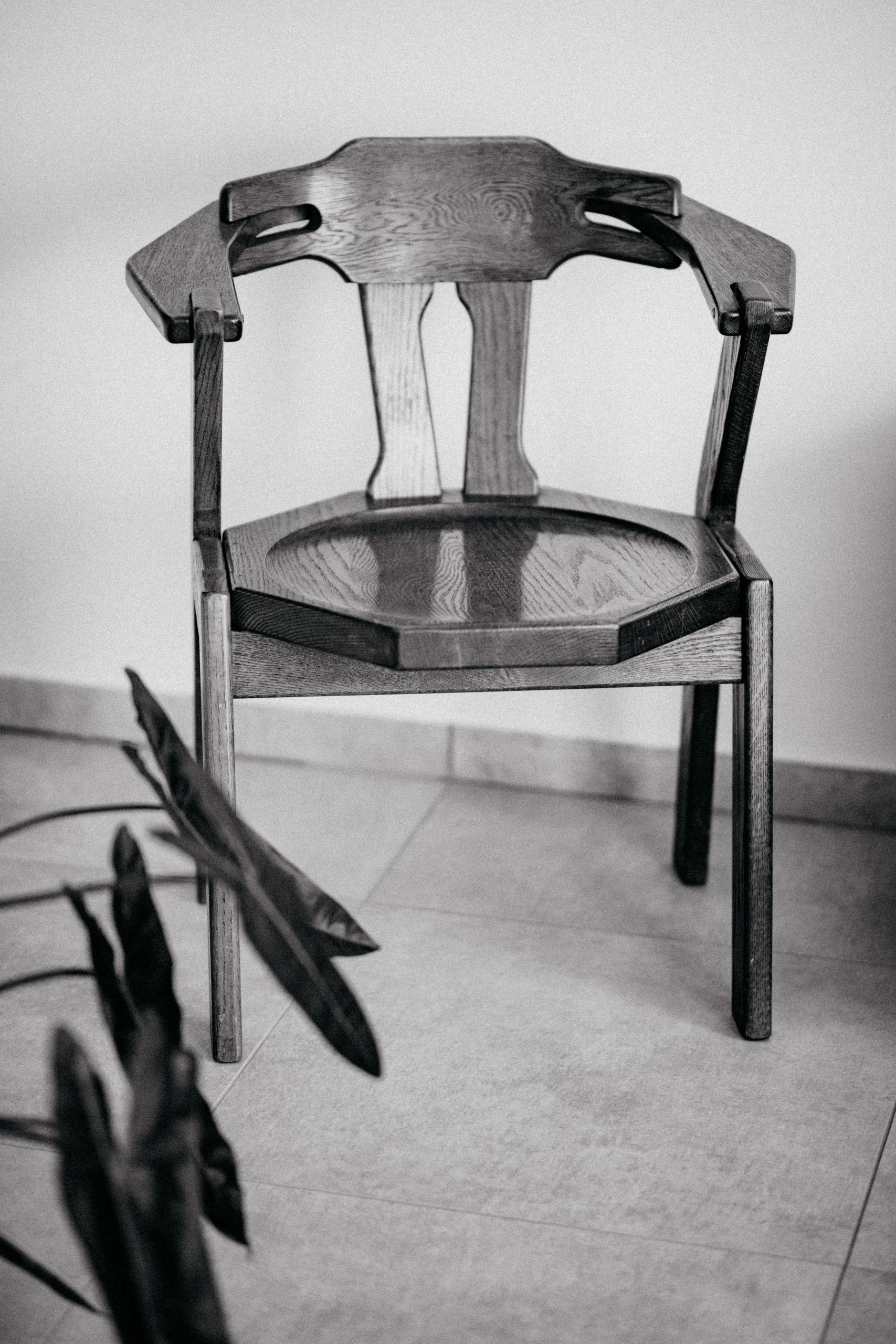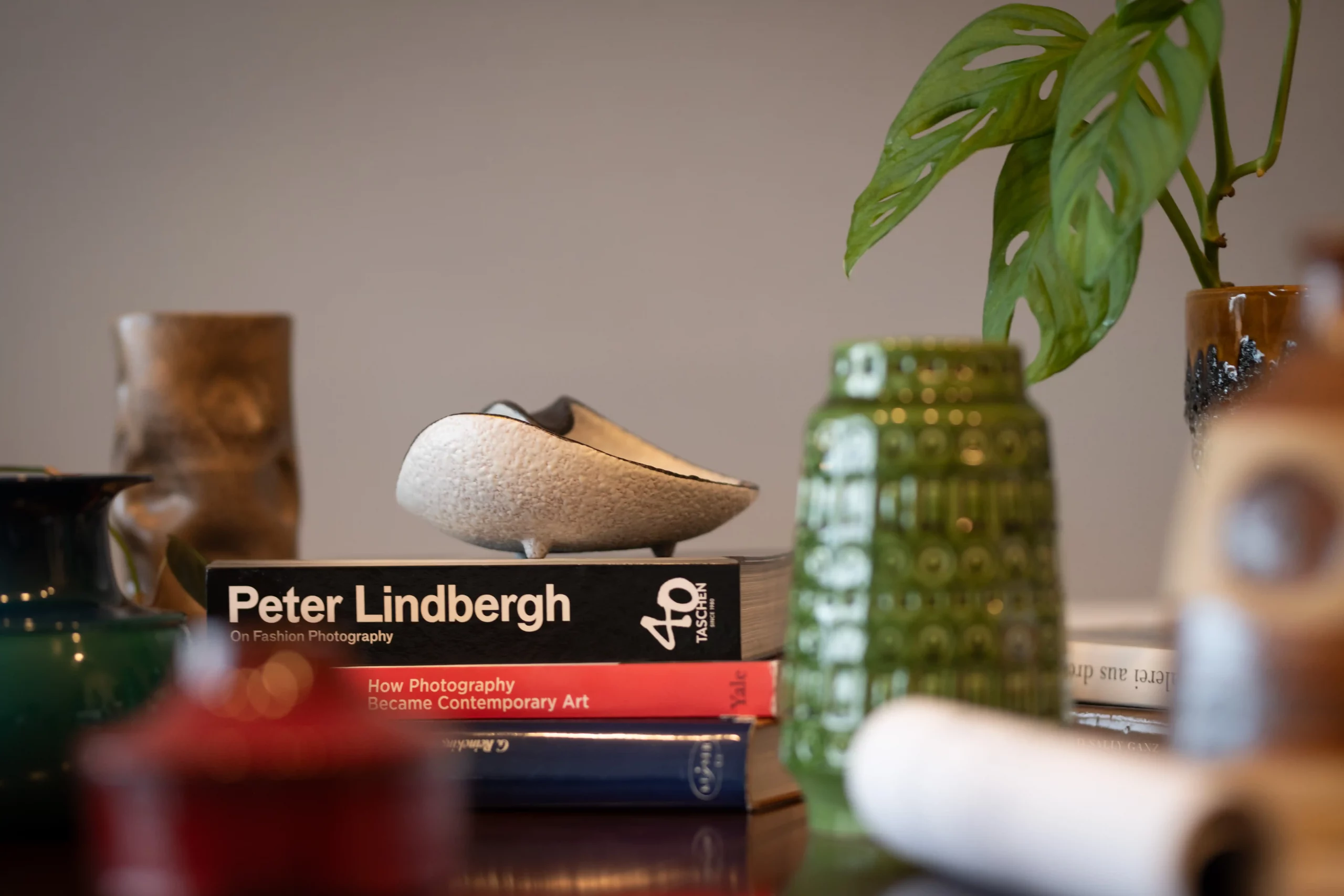Introduction
Collecting design objects — whether ceramics, furniture, glass, or textiles — is one of the most rewarding ways to engage with art and culture. But for beginners, it can also feel intimidating. Where do you start? How do you know what’s worth collecting? And how do you balance passion with practicality?
The truth is that every collector starts somewhere small: a first vase, a secondhand chair, a piece picked up at a local market. Over time, those choices form a narrative. This article explores practical steps for beginning a design collection with confidence and joy.
Train Your Eye
The most valuable tool a collector has isn’t money — it’s the eye. Learning to see is the foundation of good collecting. Visit museums, galleries, design fairs, and antique markets. Handle objects whenever possible. Notice proportions, textures, and finishes.
Take notes or photographs of pieces that catch your attention. Over time, patterns will emerge — maybe you’re drawn to Scandinavian ceramics, Bauhaus-inspired lighting, or handmade textiles. Identifying these preferences will guide your collecting journey.
Balance Aesthetics and History
A good collection doesn’t just look beautiful; it also tells a story. Understanding the history behind objects — the designer, the movement, the cultural context — adds depth and value. For example, a simple wooden chair becomes far more meaningful when you know it’s a Hans Wegner design that redefined modern seating.
Books, design magazines, and online archives are invaluable resources. Knowledge gives you the confidence to recognize significance when you see it.
Start Small
Many new collectors think they need to invest heavily from the start, but that’s unnecessary. Begin with accessible objects:
- A studio ceramic mug or bowl from a local maker.
- A mid-century lamp from a flea market.
- A poster from a design exhibition.
These small purchases let you experiment and refine your taste without major financial risk.
Where to Buy
- Local galleries and fairs: Offer direct connections to emerging makers.
- Online marketplaces: Etsy, 1stDibs, and auction platforms provide global reach.
- Flea markets and vintage shops: Great for discovering hidden gems.
- Direct from artists: Social media makes it easier than ever to commission or purchase directly.
Each channel has pros and cons. Galleries ensure authenticity but may be more expensive. Markets offer bargains but require a trained eye to spot quality.
Consider Value but Don’t Chase It
It’s tempting to view collecting as an investment. While some objects do appreciate in value, chasing trends can lead to disappointment. Instead, focus on pieces that resonate with you. A meaningful collection is one you enjoy living with every day.
That said, basic due diligence helps: research provenance, condition, and rarity before buying. Keep records of your purchases — receipts, exhibition catalogs, and notes will be useful later if you choose to sell.
Photography as a Tool for Collectors
Photographing your objects isn’t just about documentation. It’s a way to see them anew. A photo can reveal proportions, surfaces, and details the naked eye misses. Many collectors find that photographing their pieces deepens appreciation and strengthens memory.
Build Relationships
Collecting is as much about people as objects. Build relationships with artists, dealers, curators, and fellow collectors. Conversations often lead to discoveries you wouldn’t make alone. A strong network can also guide you toward opportunities, from private sales to upcoming exhibitions.
Curate, Don’t Accumulate
True collecting is different from simply buying a lot of things. It’s about shaping a vision. Ask yourself: what connects the pieces I own? Is there a theme, a time period, a material, or a story that runs through them?
Editing is part of collecting. Sometimes letting go of pieces that no longer fit your vision creates space for stronger acquisitions.
Conclusion
Collecting design objects is a journey of curiosity, learning, and personal expression. By training your eye, starting small, and building knowledge, you can assemble a collection that reflects your identity and brings lasting joy. Whether it’s ceramics, furniture, or textiles, every object you choose adds to a story that is uniquely yours.



